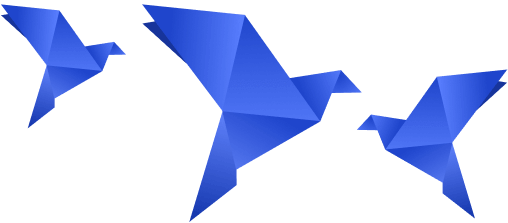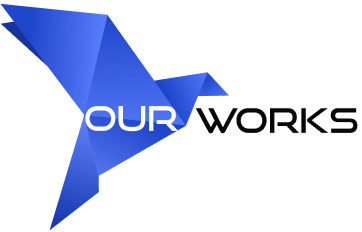
Online marketing creates more and more opportunities for you to be successful and offers ideas and different tools to improve online business. One of these tools is personalization. What is web personalization and why do you need it?
Check out this article provided to you by Brambling Tech and learn about website personalization benefits.
What Is Website Personalization?
Website personalization is a real-time change in the website’s appearance, depending on the collected information about the visitor and their behaviour. Personalization of a website reduces the amount of unnecessary data, making life and choices easier for your customer. By dynamically changing your site content, you can significantly increase conversions and shorten your sales cycle.
Why Is Website Personalization Important?
In today’s consumer-centric marketplace, adaptable marketing strategy works not as good as you might wish. It perfectly explains why is website personalization so important nowadays. Consumers have a variety of options for every basic need, so approaching your target audience can be extremely challenging. An effective way to get their attention is to improve your marketing efforts and use dynamic website personalization.
Many specialists use web personalization to make a website more effective in attracting, converting, and retaining customers and leads. Whether your visitor guesses about the personalization on your site, their individual experience will highlight the difference between your resource and the resources of competitors. The essence of personalization is changing the elements of sites based on the analysis of statistics and prediction of the needs of a particular person.
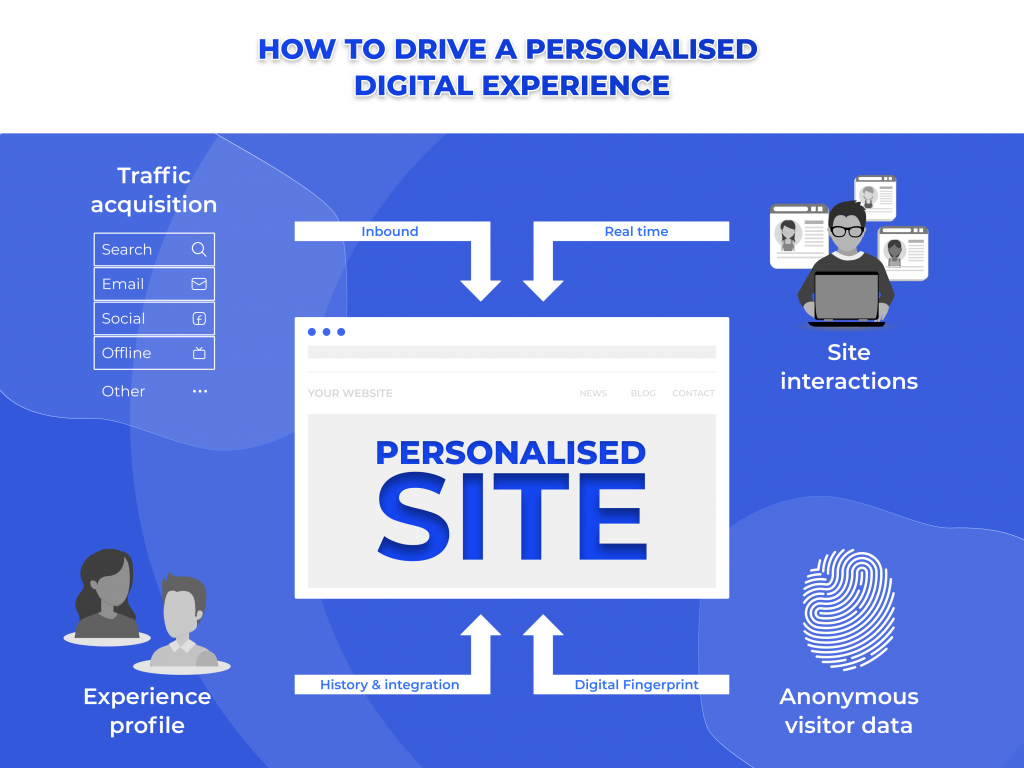
There are many things that web personalization can improve: advertising, content (promotions, discounts, product recommendations), design, mailing lists, etc.
What Are The Benefits Of Website Personalization?
The era of consumerism makes it hard to reach a potential customer. The eCommerce sphere is overloaded with shops, marketplaces and other services that are going through a tough competition to win the attention of a customer. Personalizing websites allows you to focus on the desires of each client individually. No A/B tests or social media surveys, just one-on-one interaction with the buyer. Understanding what is website personalization helps you to improve the effectiveness of the online commercial space.
Below, we have listed 9 advantages of web personalization.
Improving competitive ability
The higher the level of customer satisfaction, the stronger their relationship with the brand and the higher their loyalty becomes. Therefore, customization is a great way to stay one step ahead of the competition.
Increased profitability
Customization allows you to increase the cost of goods. If you correctly calculate the cost, set the price, and think over all the nuances of selling products, you can increase the company’s income and increase profitability.
Stronger customer relationships
Customization involves the formation of an individual experience for each client. This approach allows you to interact more closely with your customers and strengthen the emotional connection with the brand.
Natural growth of new customers and sales
Satisfied customers share the brand with their family and friends. Their recommendations inspire the most credibility and increase sales.
Improving conversion
There’s a huge difference between shovelling the entire site in search of a product and still finding nothing, and when you do not need to search: the product you are looking for floats into your hands.
Improving behavioral factors
The best website personalization examples show that potential customers are more likely to go through the site and explore it, rather than close it.
Increasing the efficiency of email advertising
The probability of hitting the bull’s eye is higher if you offer the buyer a product that is interesting exactly for them, and not for everyone else.
Improving search engine rankings
This comes as a consequence of the previous points. Search engine crawlers give priority to sites with good behavioral factors, usability and UX.
Improving landing page
Landing page adaptation is as important as website personalization. They can be customized according to geography, gender and age of visitors and other parameters. By injecting appropriate scripts into the code or using services, you can create a proper and catchy page.
The Challenges Of Website Personalization
Whatever your marketing goals are, it is in your best interest to choose those marketing tools that are most effective in the existing sales cycle and are most comparable to the stages that a person must go through on the way to make a purchase. Of course, the list of stages and client actions depends on the business niche, but there are still several stages that remain unchanged. Knowing these constants, you can understand how personalization affects your and customer’s experience.
Typical website personalization examples include:
- Acquisition;
- Involvement;
- Conversion;
- Retention and additional sales;
- Loyalty building.
Let’s take a closer look at each stage and determine how web personalization can be useful in the context of each stage.
Acquisition
Attracting people interested in your product is one of the first issues faced by all marketers. There is always a risk that you will spend a lot of money, but will not attract a single buyer. Web personalization will provide you with an understanding of who your perfect customer is, when is the best time to contact them, and what you can offer. Once you deal with these questions, it will undoubtedly increase your conversion rate (and also save your ad budget).
Involvement
Marketers always try hard not only to make the visitor interested in the product but even more, to show all its advantages and continue the customer’s communication with the company, no matter how. At the same time, with the help of web personalization, you can continue this communication on other channels, making the interaction process multi-level and continuous. Web personalization allows you to demonstrate to your visitors that you know what they need, understand them, and are ready to offer what really matters to them.
Conversion
Whatever you call a conversion (a purchase, a subscription, or signup), web personalization speeds up the customer’s journey to make a conversion-targeted action. For example, if you show a potential customer a short article or post with useful information about your brand, products, services, etc, then they will think about it all the way to the purchase. And when a user needs to make a choice between your and a competitor’s product they will probably choose something they’ve heard about.
Retention and additional sales
Marketers spend a lot of money and time developing special programs aimed at customer retention and encouraging them to make repeat purchases. All these efforts can be replaced by web personalization. From the moment when a person visits your site and the system “recognizes” them, to providing them with exclusive access to the content they are interested in and presenting a new offer.
With the help of web personalization, you can, focusing on all the information collected through numerous channels, and taking into account all previous purchases, generate new offers that will be relevant to a specific person, create content or product recommendations that may be of interest to a person, offer materials, which they have not yet seen.
Loyalty building
Loyal customers are perfect candidates to become brand ambassadors. Successful communication with even one person has a value not only in terms of how much you end up earning from him but also in terms of the connections that this person owns, in other words, how many people he will tell about you. With the help of personalisation, it will not be difficult for you to identify a loyal customer, but the manner of communication will differ from the dialogue with a new customer. Your posts should motivate people to talk and recommend you to others. For example, if a person buys something from you and returns to your site after a few months, you can offer them a discount on their next purchase in exchange for a review or recommendation to a friend.
Types Of Website Personalization
This chapter will explore 6 main types of web personalization that can help you with improving user experience of your website.
Location
One of the most popular types of personalisation is the geographic differentiation of visitors. At the same time, depending on the business and the essence of the offer, personalization by geography may differ. For example, if your business involves people visiting specialized exhibitions, then in this case the geographic criterion will help you determine whether it is logical to invite this or that visitor to visit the exhibition. It is clear that in this case, the message about the exhibition will be shown only to a narrow segment of site visitors living near the conference venue. But this message will be shown only to interested people.
Regardless of the purpose for which you use geographic personalization, it will make your customers feel special and predispose them to interact with you.
Behavior
The best way to get to know someone is to connect with them. In internet marketing, the opposite is true. First, you collect information about your anonymous visitor, build their behavioral profile based on what materials they looked for, which pages of your site they viewed, which products they focused on, etc. Then, when you get to know the person really well, you can take a chance and offer them something they would love.
Contact details
The next step in web personalization is to adapt it to your existing marketing automation platform. Thus, all interactions with the user that occur through different channels will be reflected the required extent on the site. For example, if a person in an email to the company expressed their interest in summer clothes, then, having entered the site, they will be pleasantly surprised by the options of summer clothes offered to them.
Personalization by industry
People come to your site from many corners of the internet, but some of them may require a more specific approach. Your company can offer products that are needed for each industry, or sell the same product, but present it differently for each audience. By tailoring your website and shopping offerings to the specifics of the user’s industry, you thereby gain their attention and become more attractive.
Personalization by name list
This is the type of personalization where the site adapts to the needs of a specific company, indicated in a pre-compiled list of potential customers. This list can include people you would like to cooperate with and those who are already your regular customers.
Predictive personalization
This personalization scenario also involves changing the content of the site in real-time, but the content is selected automatically: a special algorithm in the system predicts what will be useful for a particular visitor. This algorithm has the ability to self-learn so that after several months of work (maybe weeks), it is quite capable of guessing the goals and intentions of users.
Personalization & Customisation. What’s The Difference?
Despite the similarity of these two concepts, there is still a significant difference between them. Personalization is a digital marketing tool that aims to build an emotional connection with a brand, strengthen relationships, and increase sales. It is based solely on information received by the company from a client after purchasing, registering, subscribing to an email newsletter, and so on. Customization pursues the same goals, however, the client does not receive a completely ready-made offer, but forms it independently. Actually, customization can be included in the website personalization tools list.
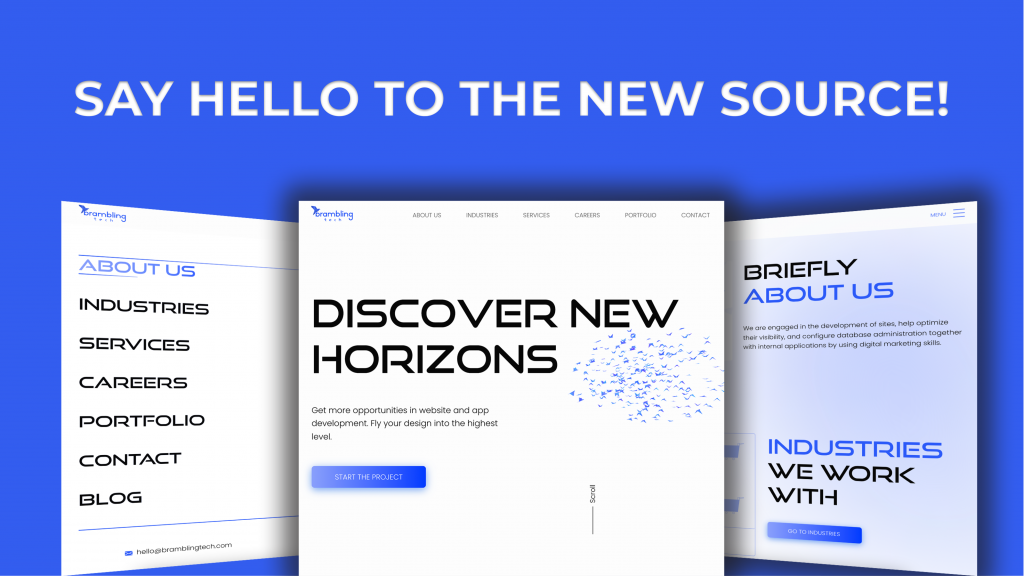
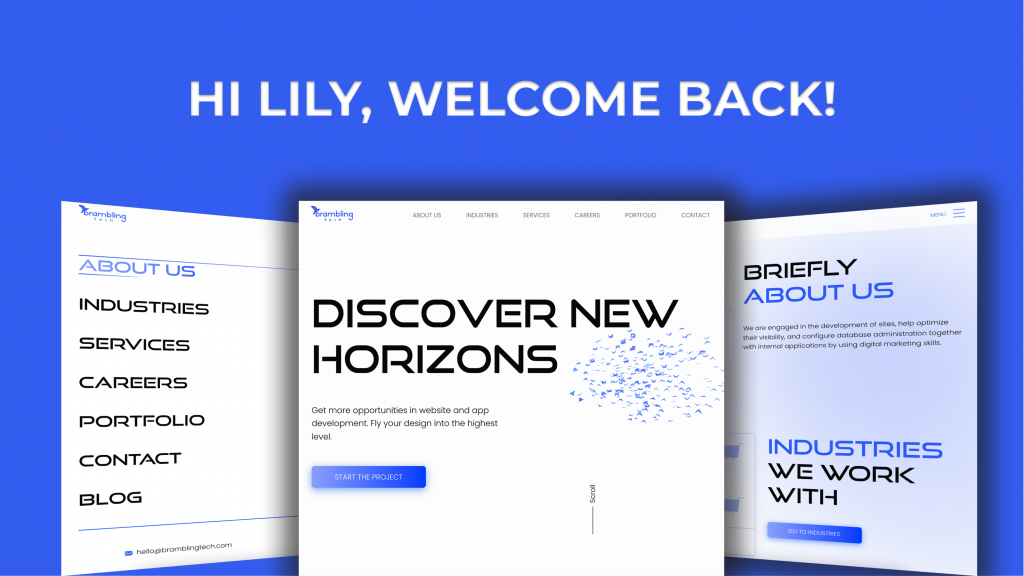
Personalization at Scale: Best Practices To Help You Get The Basics Right
Imagine a hypothetical scenario in which you visit an online retail store to buy a pair of white sneakers. Wouldn’t it be great if the site could read your mind and recommend different brands of white sneakers? But how would you feel if the homepage showed summer dress recommendations instead? Quite annoying, isn’t it?
This is where website personalization can help. To put it simply, website personalization is the process of customising the overall experience of each visitor on your website. It is based on data collected from past website interactions and other data related to your target audience. This includes data related to their location, devices used, browser language, and online behavior.
Let’s take a look at some of the personalization website examples.
ASOS
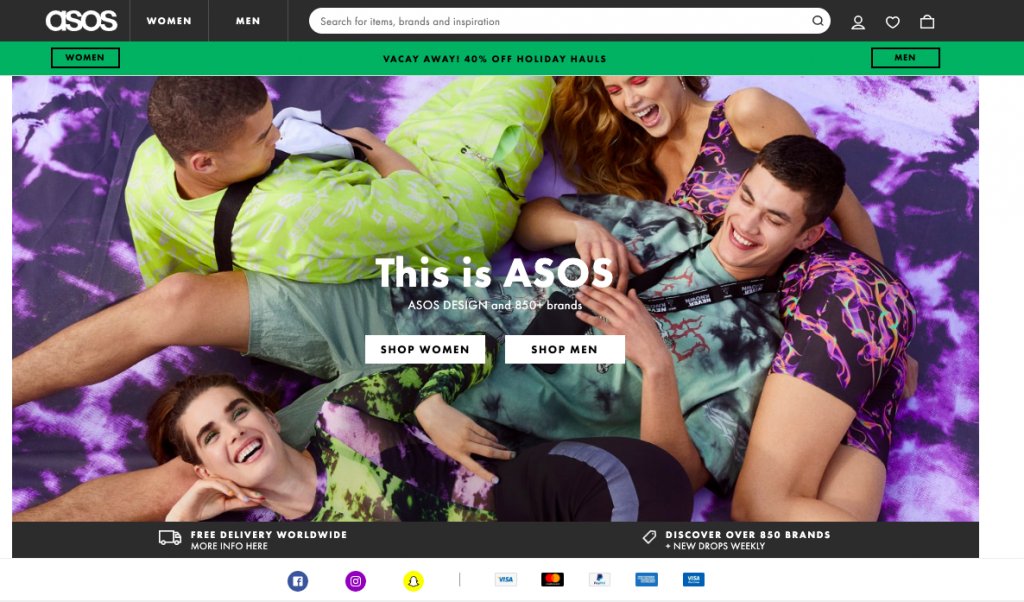
ASOS uses a simple yet subtle trick to increase its relevance to the users. Visit the site once, and next time you don’t have to choose between the male and female versions of the page because you will automatically be taken to the one you need.
Tesco
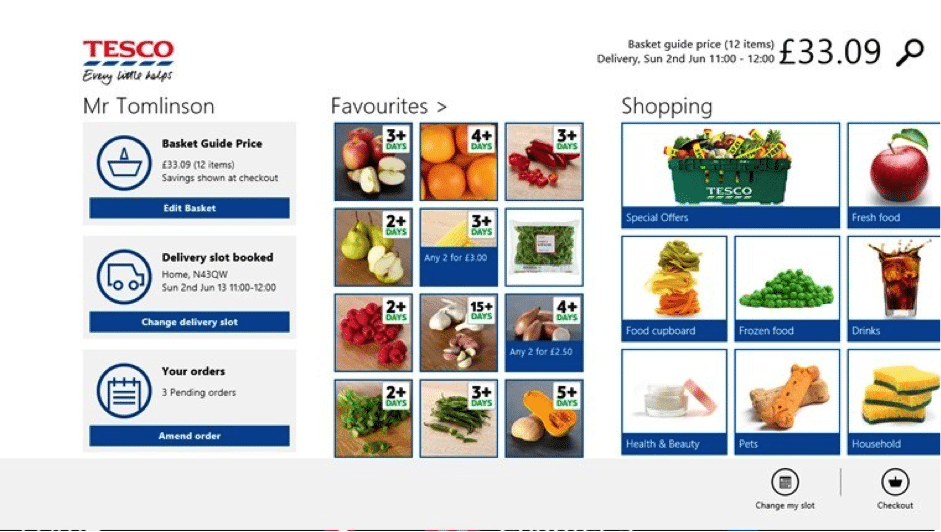
Tesco offers users special coupons and deals based on purchase history. For example, if you have a cat and you periodically buy cat food of a certain brand, you can wait for a discount on products of that brand.
Amazon
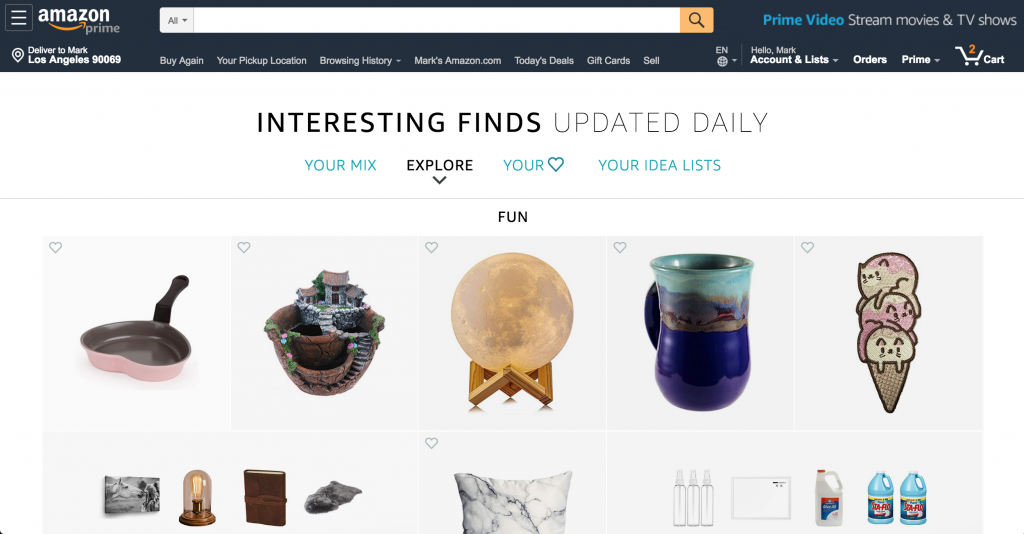
It would be impossible to write this article without mentioning Amazon because it is a perfect example of successful web personalization algorithms. The homepage alone is worth it: addressing by name whenever possible, hovering over an account, reordering and other recommendations, and even personalized content on the Prime section.
How To Get Started With Website Personalization?
There are many ways to personalize your customer experience. You probably won’t have to start from scratch. Almost every running business has valuable information for personalized web experiences: a database of email addresses, geography and traffic sources, gender and age characteristics, and other information.
With minimal data about who comes to the site, you can take steps to introduce website personalization to your site. By tracking the pages that the user visits, you can create a suitable offer and lead them to the purchase. Thus, the very first experience of interaction of a customer with your product will be successful.
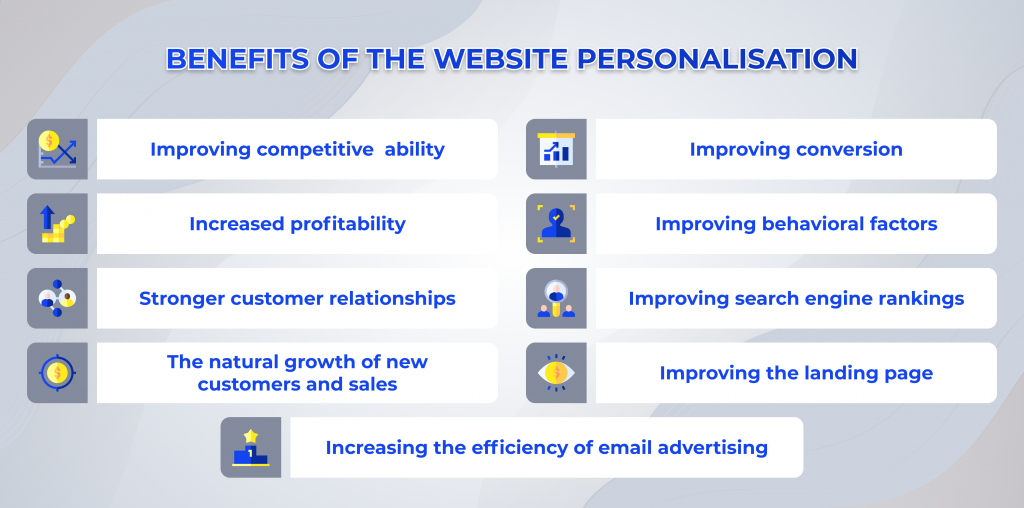
Build a sales funnel and analyze the path of visitors. You can create a funnel using a sales summary in Google Analytics. The funnel will help you understand what to focus on in the process of personalizing the customer experience. Start collecting visitor information, create a profile for each user, and enrich it as new customer data emerges.
Another useful step is to segment visitors by behavioral patterns and, on this basis, personalize the customer experience. Set up trigger mailing chains, display notifications, and use other tools to understand your web personalization strategy.
What Is The Best Personalization Software?
Most website personalization best practices started with choosing tools and software that help to realise the ideas of user attraction. There are some of them for you:
- Personyze
- Monoloop
- Persuasion API
- Monetate
- Google Optimize
The list is probably quite long, but you have to take your time and consider what tools you need and what ideas you want to implement first.
How To Use Website Personalization Tools
There are many different ways to personalize an online store, both simple and technically complex in terms of implementation. Your website personalization statistics will be better if you use some ideas.
Website Personalization Ideas

Welcome messages
A user usually has 10-15 seconds to estimate and decide whether they stay or leave the site. In this short period, it is important to interest a potential buyer, create a good impression, show hospitality, and respect. For this purpose, you can use a greeting pop-up window [insert a link to our pop-up article] to catch the user’s attention.
Reminders
There are many forgetful or indecisive visitors to the online store. They may abandon the cart without completing the purchase, not returning after a single order. For this segment of the audience, you should use periodic, unobtrusive reminders about a reserved item, and offer benefits for regular customers.
Relevant content
A blog or a special section with interesting articles, product reviews, and advice can be useful not only for search engine optimization. The content should be offered to clients who are currently in need of this or that information.
Notifications
To keep a client and make them come back, you must always keep them informed about the latest events, as well as inform them about the nuances that matter when making a purchase.
Motivational messages
Some audience groups need additional motivation to push them to make a purchase. Write a personal message with a lucrative offer that is a relevant subject to the registration procedure, ordering, and the purchase of specific goods.
Offer help
Customers experiencing any difficulties in the checkout process need help on time. For this purpose, you can give them information about how they contact one of the managers online or via phone (e-mail, messenger, etc).
Summing It Up
A properly built personalised communication system helps to attract, convert into leads, retain customers, and effectively work with indecisive users. Teach the site to understand the user based on information collected and provide them with valuable content. By the way, here at Brambling Tech, we can help you to achieve the needed result.
